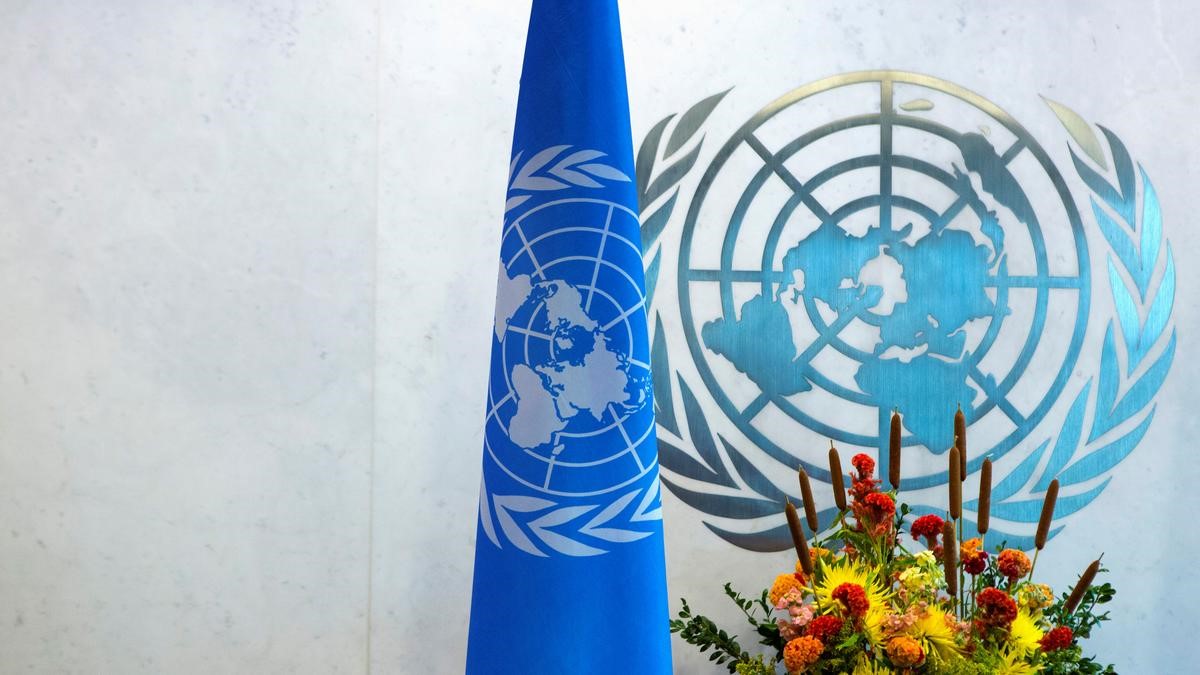Free Courses Sale ends Soon, Get It Now


Free Courses Sale ends Soon, Get It Now



Source: Hindu
Disclaimer: Copyright infringement not intended.
Context
Details
Background of Dag Hammarskjöld
Creation of the Medal
Criteria for Award
Design and Symbolism
By recognizing the bravery and sacrifice of peacekeepers through the Dag Hammarskjöld Medal, the United Nations pays tribute to their invaluable contributions to global peace and security, while also inspiring future generations to continue the noble pursuit of peacekeeping efforts.
About United Nations (UN) Peacekeeping mission
What is the U.N. Peacekeeping Mission?
Principles Guiding U.N. Peacekeeping Missions:
'Blue Helmets':
Responsibilities of U.N. Military Personnel:
Enlistment Process:
United Nations Organization Stabilization Mission in the Democratic Republic of the Congo (MONUSCO):
India's Contribution to U.N. Peacekeeping:
Concerns:
Sources:
|
PRACTICE QUESTION Q. India's substantial contribution to UN Peacekeeping missions underscores its commitment to global peace and security despite concerns about specific missions' relevance. Comment. (250 Words) |
© 2024 iasgyan. All right reserved